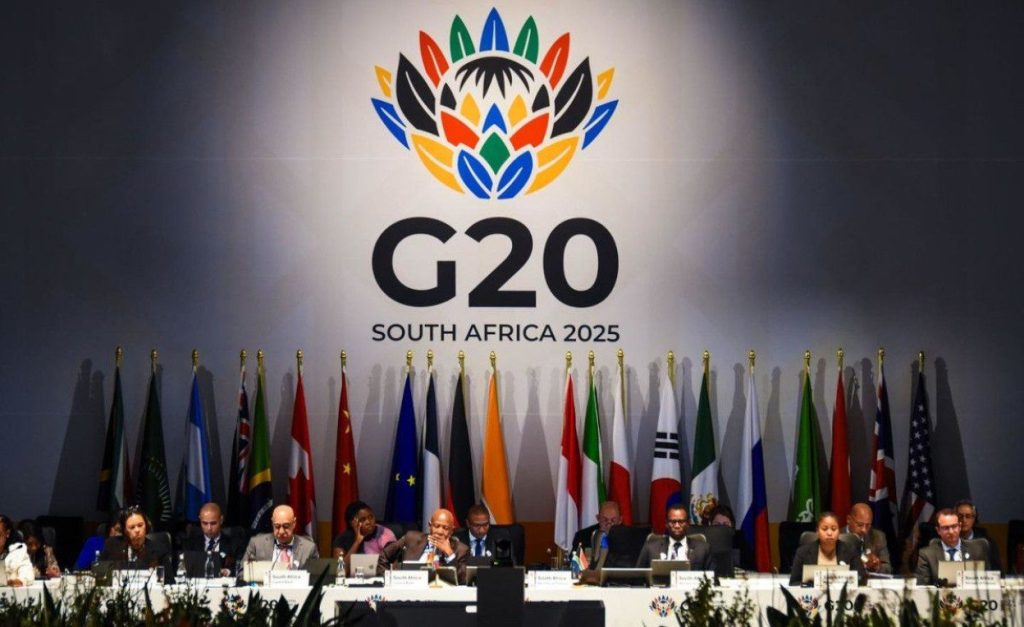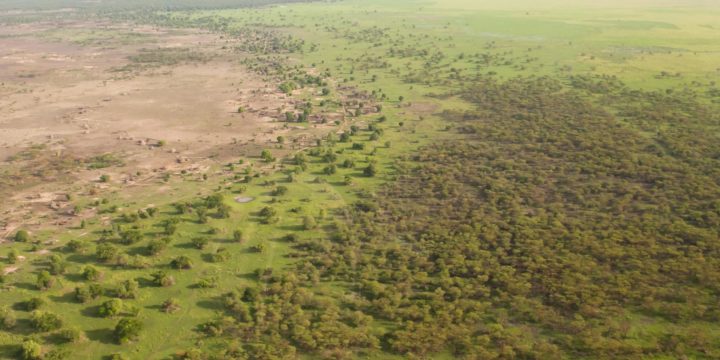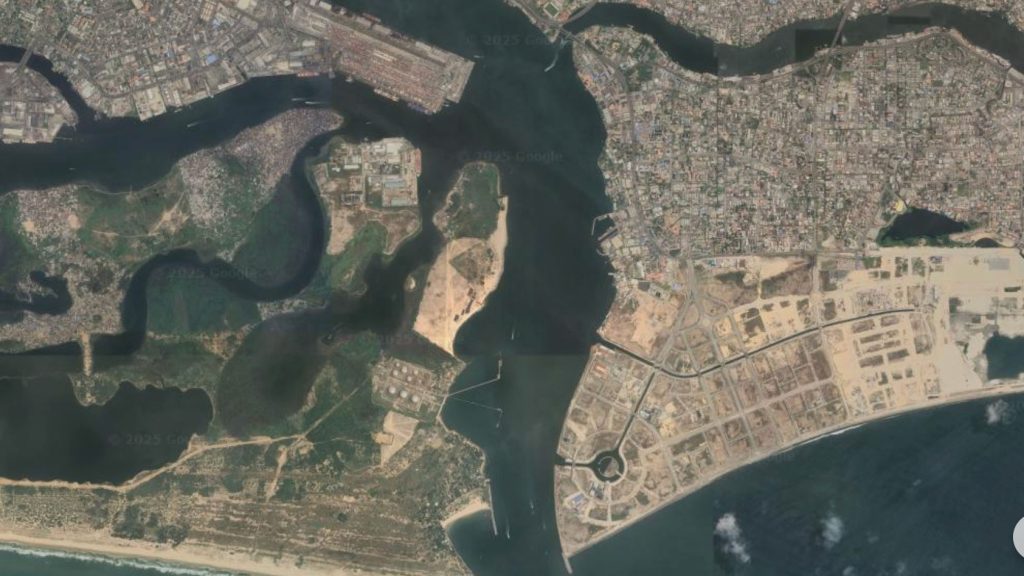Implementation of the Comprehensive Africa Agriculture Development Programme (CAADP) and related Malabo Declaration has been slow. Following the recent CAADP Agriculture summit in Kampala, the AU is seeking to breathe new life into the programme, with a series of targets and goals that seek to boost the sector and enhance climate resilience.
Climate change continues to derail the momentum behind agricultural development in Africa, yet the sector is the backbone of several national economies and the continent’s largest employer, constituting approximately 60% of the continent’s workforce.
Last year, the Centre for Global Development projected that if climate change continues at its current rate, crop production in Africa will fall putting an estimated 200 million people at risk of extreme hunger.
The Intergovernmental Panel on Climate Change has projected that crop yields on the continent will fall by up to 50% as a result of climate change, with crop revenues falling by up to 90% by 2100.
By all accounts, rising temperatures continue to have a negative impact on agricultural productivity and exacerbate water scarcity in areas where agriculture is a key driver of economic growth and food security, such as the Sahel, East Africa, Southern Africa, and northern Cameroon. In the Sahel region, temperatures are rising 1.5 times faster than the global average, making it one of the most climate vulnerable regions in the world.
Increasing African agricultural productivity in the face of climate change is a key focus of the Comprehensive Africa Agriculture Development Programme, or CAADP, an African Union (AU) policy framework established in 2003 which now forms part of the Agenda 2063. Its objectives include, among other things, promoting climate change adaptation to ensure Africa’s agricultural sector is productive and climate resilient, including through setting aside 10% of national budgets for agriculture and pursuing agricultural growth of at least 6% per annum.
The CAADP, for which the AU recently held a three-day Extraordinary Summit in Kampala, Uganda, has helped several African countries to integrate climate change into their National Agricultural Investment Plans and encouraged climate change adaptation strategies such as agroforestry, improved pasture management, and land and water resource management. However, its often criticised slow pace of implementation of, for example, the 2014 Malabo CAADP Declaration, which added additional targets to the CAADP, raises concerns.
Tanzanian agricultural scientist Tim Makamba emphasised that, while the declaration coming out of the recent Kampala summit, with its ten-year strategy and action plan to transform Africa’s agri-food systems and ensure food security was positive, those in charge of the initiative will need to break the mould and do things significantly differently for the new strategy and action plan to be effective.
“The continent was not on track to meet the CAADP’s goals by 2025, as indicated by the 2022 CAADP Biennial Review. The reality is that Africa simply did not meet the CAADP goals by the end of 2024. The failures should be a point of reference as the Kampala Declaration’s implementation period commences.
It may not be enough to adopt a new strategy without taking note and addressing some of the criticisms levelled primarily at the CAADP in recent years, such as its slow progress towards goal implementation, insufficient private sector engagement, and insufficient human, financial, or legal resources to carry out its mandate, failure to hold governments accountable for meeting their commitments, its poor implementation of policies that were supposed to be aligned with the Malabo commitments, its failure to establish robust monitoring and evaluation systems, which hampered the ability to track progress and address shortcomings, and its failure to harmonise competing priorities within governments.”
According to Makamba, if those issues are addressed in earnest, in addition to CAADP strengthening agricultural governance and coordination structures, streamlining and improving regulatory frameworks, improving smallholder farmers’ access to modern agricultural technologies and practices and holding governments accountable for fulfilling their pledges, Africa can indeed achieve its food and climate goals with the new CAADP agricultural development strategy.
While the CAADP has faced implementation challenges, there have been some gains. A 2024 Food and Agriculture Organisation policy brief that discusses the AU’s progress in responding to food insecurity, climate variability, and other shocks under the Malabo Declaration, indicated that on average, 56% of households in reporting countries had enhanced resilience between 2020 and 2023.
While addressing delegates at the AU’s Extraordinary Summit on the CAADP, Moussa Faki Mahamat, the chairperson of the African Union Commission (AUC), among others, made reference to the harsh climate change realities that the continent’s agricultural sector faces. “Climate change continues to endanger our food systems, exposing us to major dangers of famine and malnutrition in many parts of the continent,” he said.
On her part, Uganda’s Prime Minister, Robinah Nabbanja, said Africa must position itself to ensure that its agricultural sector is resilient to climate change and other shocks, as well as adaptable to technological advancements. “Investment in irrigation and mechanization is a must to mitigate climate change and enhance production,” she said.
Hirut Zemene, the Permanent Representative of Ethiopia to the AU and the United Nations Economic Commission for Africa (UNECA) said Africa had to mobilise efforts to build a sustainable and resilient agrifood system that among others would require it to tackle in earnest the challenges of climate change, apply agro technological schemes that support it in increasing productivity in the agro-food sector.
“We must also make sure that no one is left behind, embracing our small and medium agro sector as well as support the youth and women. This would require us to put emphasis on the requisite finance and investment mobilization to meet the targets we put forward in the Post-Malabo Strategy.”
The Summit concluded with a historic endorsement of a new CAADP agricultural development strategy that will see the continent increase its agrifood output by 45 per cent by 2035 and transform its agri-food systems as part of its new plan to become food secure in a decade.
It also marked the adoption of the Kampala CAADP Declaration on Building Resilient and Sustainable Agrifood Systems in Africa, which will be implemented from 2026 to 2035.
Josefa Sacko, the African Union Commissioner for Agriculture, Rural Development, Blue Economy and Sustainable Environment (ARBE) noted that CAADP’s long-term vision for the 2026-2035 period is to build resilient and sustainable agrifood systems for a healthy and prosperous Africa, in line with the aspirations of Agenda 2063.
“The 10-year CAADP Strategy and Action Plan aims to boost food production, expand value addition, boost intra-Africa trade, create millions of jobs for our youth and women, build inclusive agrifood value chains, and build resilient and sustainable agrifood systems that will withstand shocks and stressors now and in the future.”
Dr Girma Amente, Ethiopia’s Minister of Agriculture underscored that Africa must envision a future where sustainable agricultural practices are the norm.
“We must embrace sustainable agricultural practices that protect our ecosystems, conserve biodiversity, and mitigate the impacts of climate change. This includes promoting agroecology, sustainable land management, and water conservation techniques,” said Amente whose country is one of 34 African countries that made progress towards the AU’s Malabo Declaration’s goal of making 30% of farm/pastoral households resilient to shocks by 2025.
Dr Jean Jacques Mbonigaba Muhinda, the Regional Manager for East Africa of AGRA, an African-led institution that works to accelerate Agriculture Transformation in Africa, said while the Malabo Declaration’s focus over the last ten years had been on agricultural sector development, CAADP’s long-term vision for the period 2026 up to 2035 goes beyond food production to include nutrition and environmental protection.
In the Kampala declaration, the 55 AU member states set out six commitments that should transform and strengthen the agri-food system on the continent, to wit, reducing post-harvest losses by 50% by 2035, tripling intra-African trade in agrifood products and inputs by 2035, increasing agricultural GDP growth, creating job opportunities for at least 30% of the youth in agricultural value chains, increasing agricultural productivity and increasing the share of locally processed food to 35% of agrifood GDP by 2035
In the Kampala declaration, the 55 AU member states set out six commitments that should transform and strengthen the agri-food system on the continent, to wit, reducing post-harvest losses by 50% by 2035, tripling intra-African trade in agrifood products and inputs by 2035, increasing agricultural GDP growth, creating job opportunities for at least 30% of the youth in agricultural value chains, increasing agricultural productivity and increasing the share of locally processed food to 35% of agrifood GDP by 2035.





